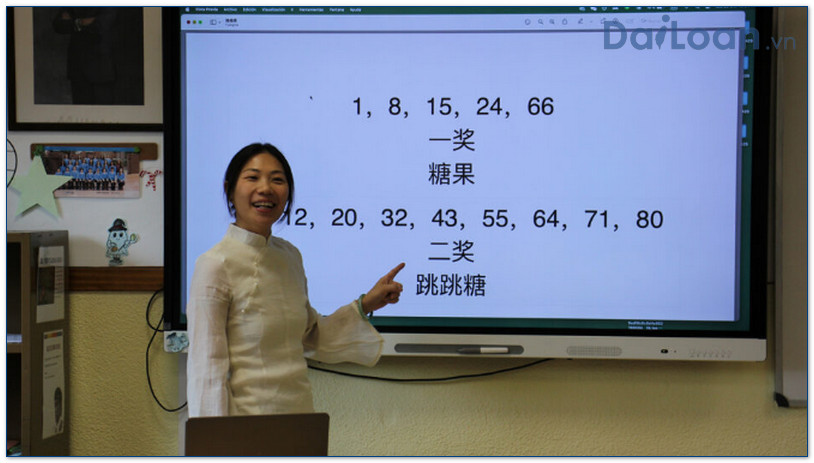In the beautiful and intricate world of the Chinese language, terms often carry profound meanings and can convey rich emotions. One such term is 抒情 (shū qíng) . In this article, we will delve deep into the meaning of 抒情, its grammatical structure, and how to use it effectively through well-crafted example sentences.
. In this article, we will delve deep into the meaning of 抒情, its grammatical structure, and how to use it effectively through well-crafted example sentences.
What Does 抒情 (Shū Qíng) Mean?
The term 抒情 (shū qíng) is a compound word that combines two characters: 抒 (shū) and 情 (qíng). Understanding these components can help us grasp the overall meaning of the term.
- 抒 (shū): This character means to express or to convey. It is often used in contexts where feelings, thoughts, or emotions need to be articulated.
- 情 (qíng): This character translates to feeling, emotion, or sentiment. It encompasses a wide range of human emotions, both positive and negative.
Thus, 抒情 (shū qíng) can be understood as “to express emotions” or “to convey one’s feelings.” It is frequently used in literature and art, particularly in poetry and prose, where the author aims to evoke emotions in the reader.
Grammatical Structure of 抒情
In terms of grammar, 抒情 functions as a verb phrase in Chinese sentences. Below we’ll analyze its usage and structure.
Breakdown of the Components
- Verb (抒):
 The action of expressing emotions.
The action of expressing emotions. - Noun (情): The emotions being expressed.
Usage in Sentences
While 抒情 typically appears in literary contexts, it can also be used in everyday conversation to refer to expressing one’s feelings in various situations. It can be modified with various grammatical elements to adapt to different contexts. For instance, you might encounter it as:
- 抒情诗 (shū qíng shī) – Lyric poetry
- 抒情文 (shū qíng wén) – Lyrical writing
Example Sentences Using 抒情
To fully appreciate the term 抒情, let’s look at some example sentences that illustrate its usage in context:
1. 抒情的诗歌能深刻表达作者的情感。
(Shū qíng de shī gē néng shēnkè biǎodá zuòzhě de qínggǎn.)
“Lyrical poetry can profoundly express the author’s emotions.”
2. 她写的抒情文打动了很多人的心。
(Tā xiě de shū qíng wén dǎdòngle hěnduō rén de xīn.)
“The lyrical piece she wrote touched the hearts of many.”
3. 在这首歌中,歌手抒情的部分让人感同身受。
(Zài zhè shǒu gē zhōng, gēshǒu shū qíng de bùfen ràng rén gǎntóng shēn shòu.)
“In this song, the lyrical part of the singer makes people feel empathetic.”
4. 他喜欢抒情的画作,因为它们展现了深厚的情感。
(Tā xǐhuān shū qíng de huàzuò, yīnwèi tāmen zhǎnxiànle shēnhòu de qínggǎn.)
“He loves lyrical paintings because they showcase profound emotions.”
Conclusion
In summary, the term 抒情 (shū qíng) serves as a powerful expression of human emotion through language and art. Its grammatical structure allows for versatility in various contexts, particularly in literary forms. Understanding and using 抒情 effectively can enrich one’s appreciation for the nuance and beauty of the Chinese language. Whether in poetry, prose, or even casual conversation, recognizing how to express feelings can profoundly impact communication.

Sứ mệnh của Chuyên là giúp đỡ và truyền cảm hứng cho các bạn trẻ Việt Nam sang Đài Loan học tập, sinh sống và làm việc. Là cầu nối để lan tỏa giá trị tinh hoa nguồn nhân lực Việt Nam đến với Đài Loan và trên toàn cầu.
CÓ THỂ BẠN QUAN TÂM
Du học Đài Loan
Lao Động Đài Loan
Việc Làm Đài Loan
Đơn Hàng Đài Loan
Visa Đài Loan
Du Lịch Đài Loan
Tiếng Đài Loan
KẾT NỐI VỚI CHUYÊN
Zalo: https://zalo.me/0936126566
Website: www.dailoan.vn




